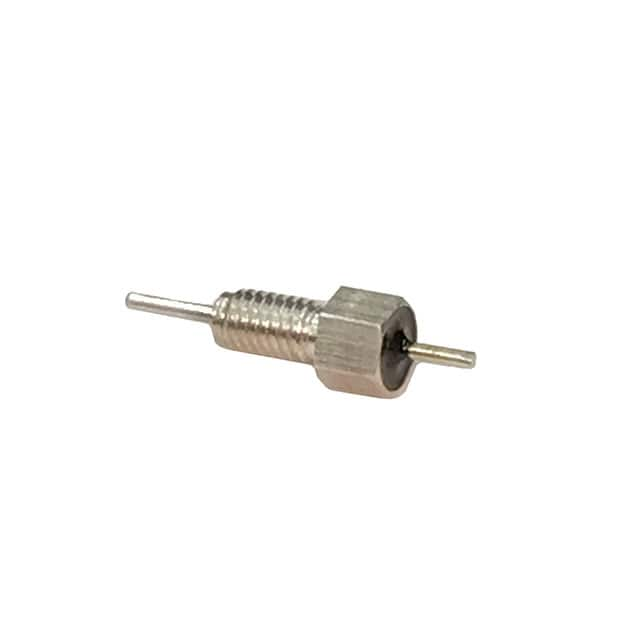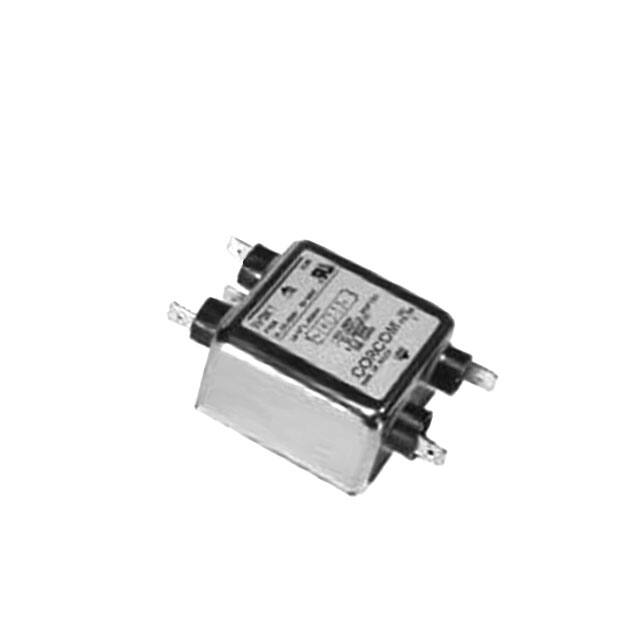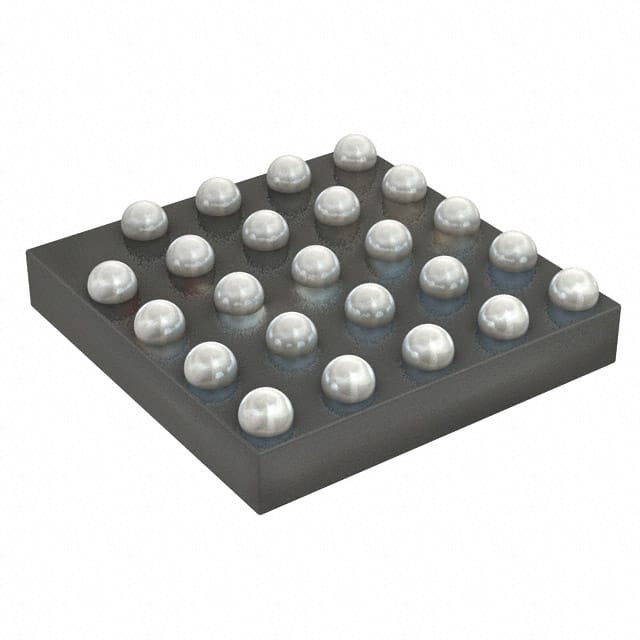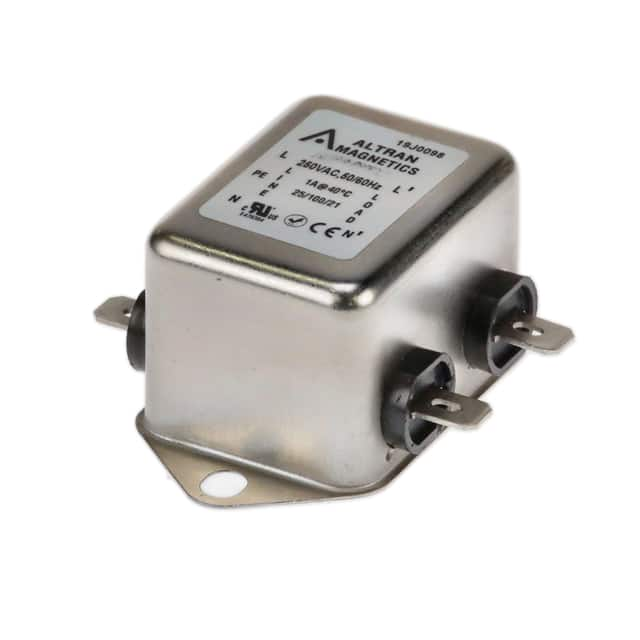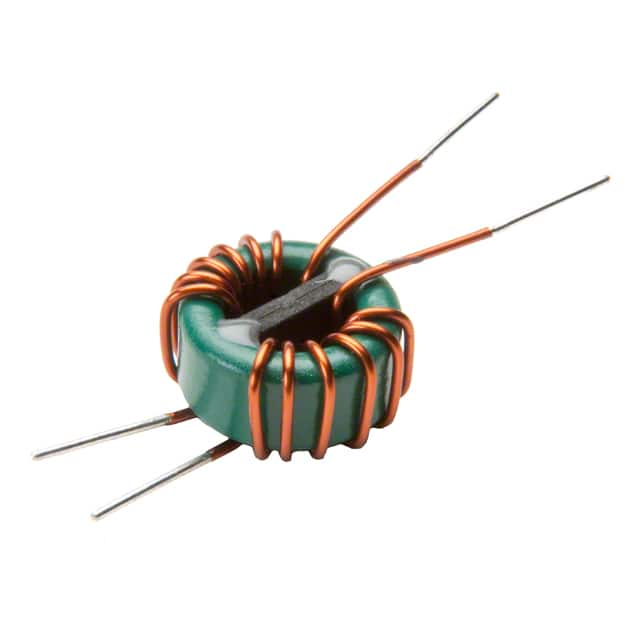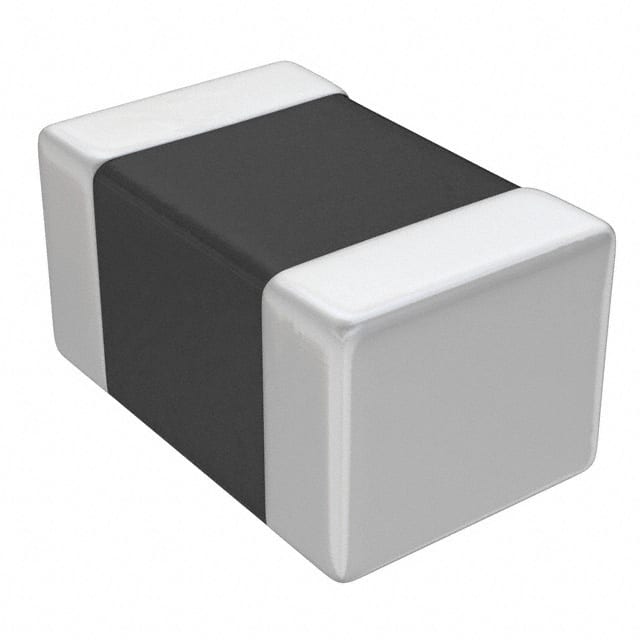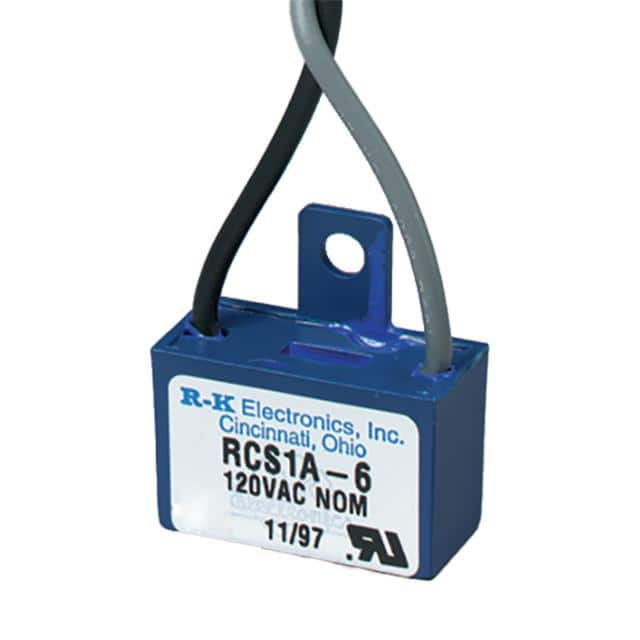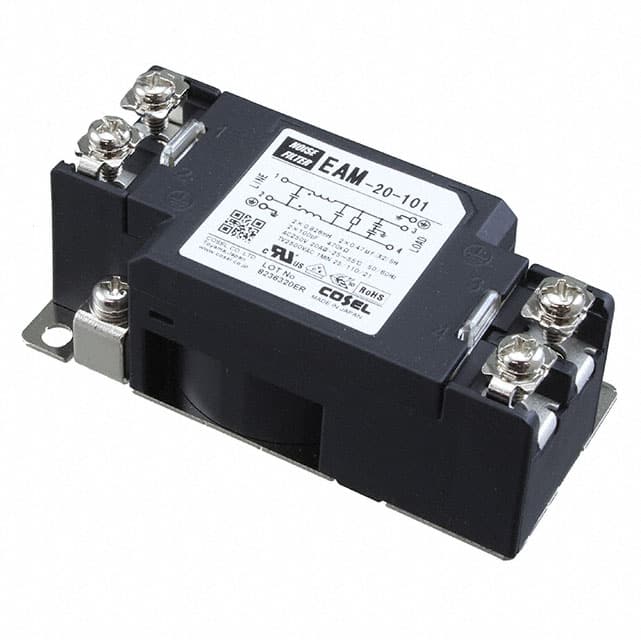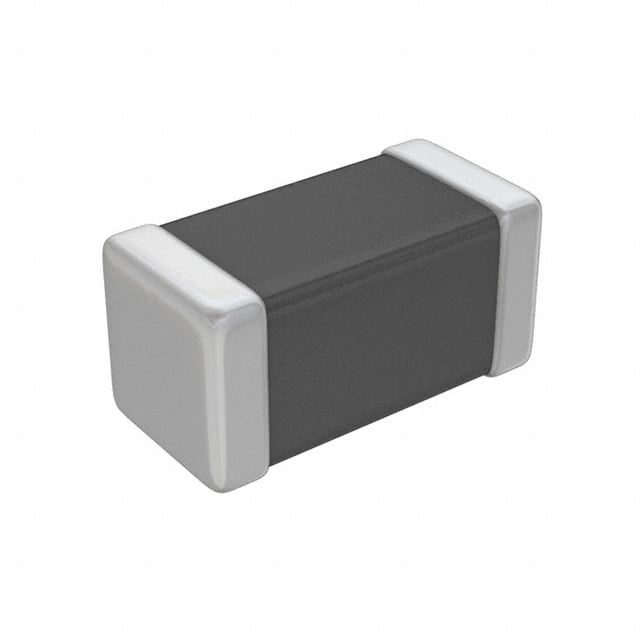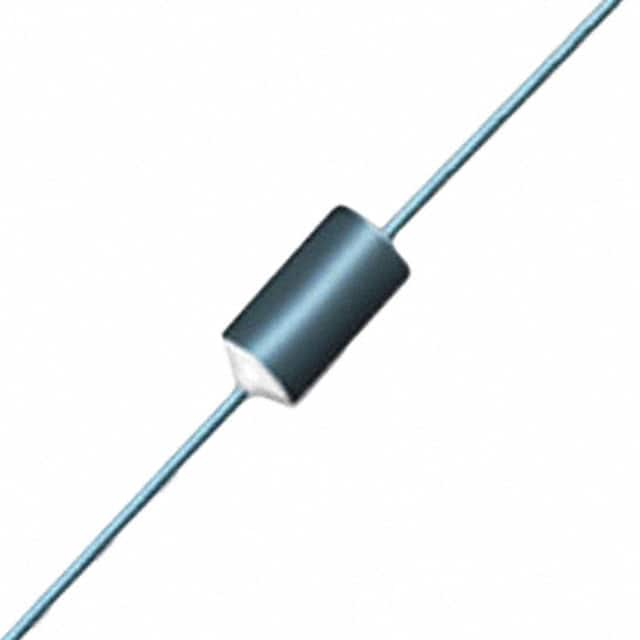
Electronic Filters 42,113+ Parts
Electronic Filter Categories Description
Dasenic is one of the largest electronic component distributors, providing you with various brands and types of electronic filter components and accessories, including: ceramic filters, spiral filters, RF filters, SAW filters, DSL filters, EMI/RFI filters (LC, RC networks), power line filter modules, ferrite beads and chips, etc.
Electronic filter definition
What is an electronic filter?
An electronic filter is a circuit or device used to process electronic signals. Its main function is to allow signals of certain frequencies to pass through while blocking or attenuating signals of other frequencies, thereby optimizing the performance and function of the electronic system. Electronic filters are widely used in communication systems, audio processing, signal processing, power management and other fields.
According to the function and structure, electronic filters can be divided into the following main types:
Low-Pass Filter (LPF):
Function: Allow low-frequency signals to pass through and attenuate high-frequency signals.
Application: Used to remove high-frequency noise in audio equipment or smooth DC voltage in power circuits.
High-Pass Filter (HPF):
Function: Allow high-frequency signals to pass through and attenuate low-frequency signals.
Application: Used to remove low-frequency noise from audio signals or remove DC bias in communication systems.
Band-Pass Filter (BPF):
Function: Allow signals within a specific frequency range to pass through and attenuate signals outside this range.
Application: Select the desired signal frequency band in a radio receiver while suppressing signals in other frequency bands.
Band-Stop Filter (BSF) (or Notch Filter):
Function: Attenuate signals within a specific frequency range and allow signals of other frequencies to pass through.
Application: Used to remove power frequency interference (such as 50Hz or 60Hz) or other specific frequency noise.
Implementation of electronic filters
Electronic filters can be implemented in the following ways:
Passive filter:
Composition: It is composed of passive components such as resistors (R), inductors (L) and capacitors (C), and does not require an external power supply.
Features: Simple structure and low cost, but there may be signal loss in some applications.
Active Filter:
Composition: It is composed of active components such as operational amplifiers (Op-Amp) and passive components such as resistors and capacitors, and requires an external power supply.
Features: It can achieve higher gain and better frequency response, and is suitable for processing weak signals, but the circuit complexity and cost are high.
Digital Filter:
Composition: It is implemented on a computer or DSP chip through a digital signal processing algorithm, and processes discrete digital signals.
Features: It is highly flexible and can realize complex filtering functions, but requires analog-to-digital conversion and high computing resources.
Hybrid Filter:
Composition: It combines the characteristics of passive, active and digital filters.
Features: It can provide optimized performance in different application scenarios.
Key parameters of electronic filters
Cutoff frequency: The frequency at which the filter begins to significantly attenuate the signal.
Bandwidth: For bandpass or bandstop filters, the bandwidth refers to the frequency range that is passed or attenuated.
Insertion loss: The amount of attenuation of the signal by the filter within the passband.
Phase response: The effect of the filter on the phase of the signal.
Order: The higher the order of the filter, the steeper the filtering effect, but the design and implementation are also more complex.
Electronic Filters Subcategories
Filters Accessories 58
Explore components
Cable Ferrites 1748
Explore components
Ceramic Filters 1546
Explore components
Common Mode Chokes 8090
Explore components
DSL Filters 82
Explore components
EMI/RFI Filters (LC, RC Networks) 2121
Explore components
Feed Through Capacitors 3249
Explore components
Ferrite Beads and Chips 6229
Explore components
Ferrite Disks and Plates 108
Explore components
Helical Filters 41
Explore components
Monolithic Crystals 216
Explore components
Power Line Filter Modules 12751
Explore components
RF Filters 3764
Explore components
SAW Filters 2204
Explore components
Certified Manufacturers
OmniOn Power™
8 Products
Acme Electric Company
1 Products
Adam Tech
20 Products
AHS Micro
1 Products
Allied Components International
70 Products
Alpha & Omega Semiconductor
26 Products
Altran Magnetics
691 Products
KYOCERA AVX
62 Products
Amgis
19 Products
Analog Devices Inc.
4 Products
Analog Devices Inc./Maxim Integrated
4 Products
API Delevan
47 Products
Astrodyne TDI
40 Products
AWG Tech
8 Products
Bel Fuse
5 Products
Bel Power Solutions
6 Products
Belden
4 Products
BLA Etech
124 Products
Bourns
1 Products
Broadcom Limited
18 Products
Bulgin
14 Products
Cal-Chip Electronics
300 Products
Central Technologies
234 Products
Cornell Dubilier Electronics (CDE)
4 Products
Cosel USA, Inc.
1348 Products
Crystek Corporation
38 Products
CUI Inc.
38 Products
Curtis Industries
215 Products
D Components
24 Products
Delta
172 Products
Elcom International Pvt Ltd
5 Products
EMI FILTER COMPANY
53 Products
Enerdoor
480 Products
EPCOS - TDK Electronics
17 Products
Fair-Rite
311 Products
Ferroxcube
5 Products
Flip Electronics
1 Products
Galco Industrial Electronics
20 Products
GlobTek, Inc.
2 Products
HOMEVISION TECHNOLOGY INC
4 Products
INPAQ Technology Co., Ltd
2 Products
iNRCORE, LLC
68 Products
ITG Electronics, Inc.
117 Products
Johanson Dielectrics Inc.
2 Products
KEMET
175 Products
Knowles
95 Products
Knowles Syfer
122 Products
Laird
273 Products
Leader Tech Inc.
516 Products
Littelfuse
57 Products
Mag Layers USA, Inc.
39 Products
Mentech Technology USA Inc.
13 Products
Micro Connectors, Inc.
1 Products
Mini-Circuits
286 Products
MtronPTI
2 Products
Murata Electronics
209 Products
Murata Power Solutions, Inc.
10 Products
Nexperia USA Inc.
23 Products
NextGen Components, Inc.
71 Products
NI(National Instruments Corporation)
3 Products
NuWaves RF Solutions
8 Products
Ohmite
6 Products
Paktron
21 Products
Panasonic
404 Products
PCA Electronics
1 Products
Phoenix Contact
3 Products
Pulse Electronics
763 Products
Qualcomm
1476 Products
Raltron Electronics
2 Products
Ranatec
7 Products
RECOM Power
7 Products
Red Lion Controls
1 Products
RFMi
30 Products
Schaffner Holding AG
13 Products
Schott Magnetics
1 Products
Schurter
1 Products
Sunlord Electronics
33 Products
Siemens
47 Products
Signal Transformer Company
55 Products
Skyworks Solutions
1 Products
SolaHD
1 Products
Sumida America
133 Products
Suntsu Electronics
1 Products
Susumu
2 Products
Taiyo Yuden
215 Products
Talema Group
22 Products
Tamura
35 Products
TDK-Lambda Americas
1 Products
Telonic Berkeley
44 Products
TMY Technology(TMYTEK)
3 Products
Toko America Inc.
1 Products
Toshiba Semiconductor and Storage
14 Products
Traco Power
27 Products
Transko Electronics
22 Products
Tri-Mag, LLC
1 Products
Triad Magnetics
161 Products
Trigon Components
2 Products
TubeDepot
4 Products
CTS Corporation
221 Products
United Chemi-Con
8 Products
Vacuumschmelze
36 Products
Venkel
43 Products
Viking Tech
2 Products
Vishay
53 Products
WAGO Corporation
2 Products
Walsin Technology Corporation
43 Products
Waldom Electronics
1 Products
Weidmüller
5 Products
XP Power
24 Products
YAGEO
1 Products
Texas Instruments
10 Products
Würth Elektronik
248 Products
Abracon
28 Products
ECS Inc.
18 Products
Infineon Technologies
8 Products
Macom®
1 Products
Onsemi
25 Products
Qualtek Electronics
2 Products
R-K Electronics
216 Products
Rochester Electronics
9 Products
Samsung Electro-Mechanics
190 Products
Semtech Corporation
2 Products
STMicroelectronics
22 Products
Taoglas
24 Products
TDK Corporation
76 Products
TE Connectivity
11 Products
Vicor Corporation
7 Products
Anatech Electronics
649 Products
Johanson Technology
8 Products
Union Semiconductor
10 Products
Cincon Electronics
3 Products
NXP Semiconductors
186 Products
Spectrum Control
40 Products
Eaton
179 Products



